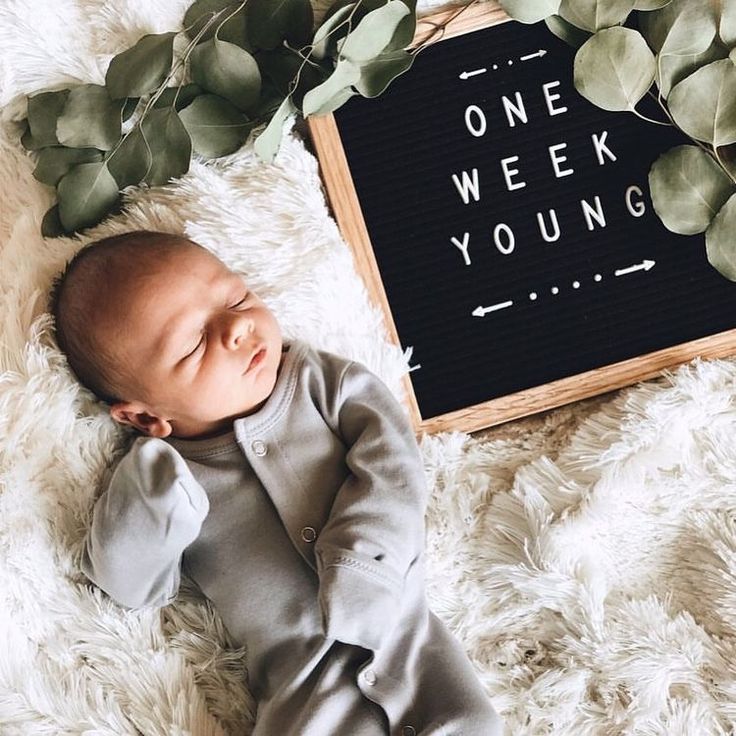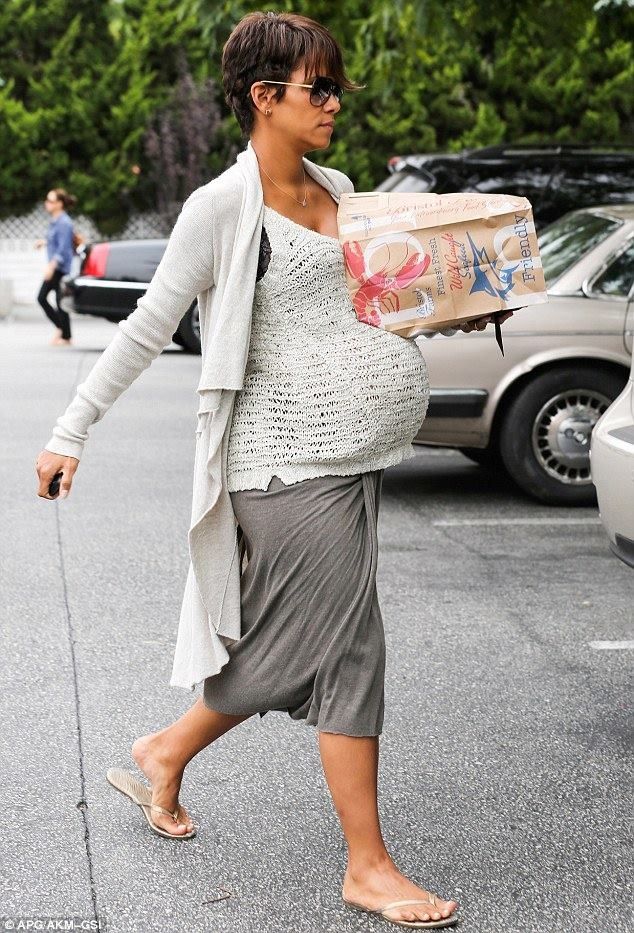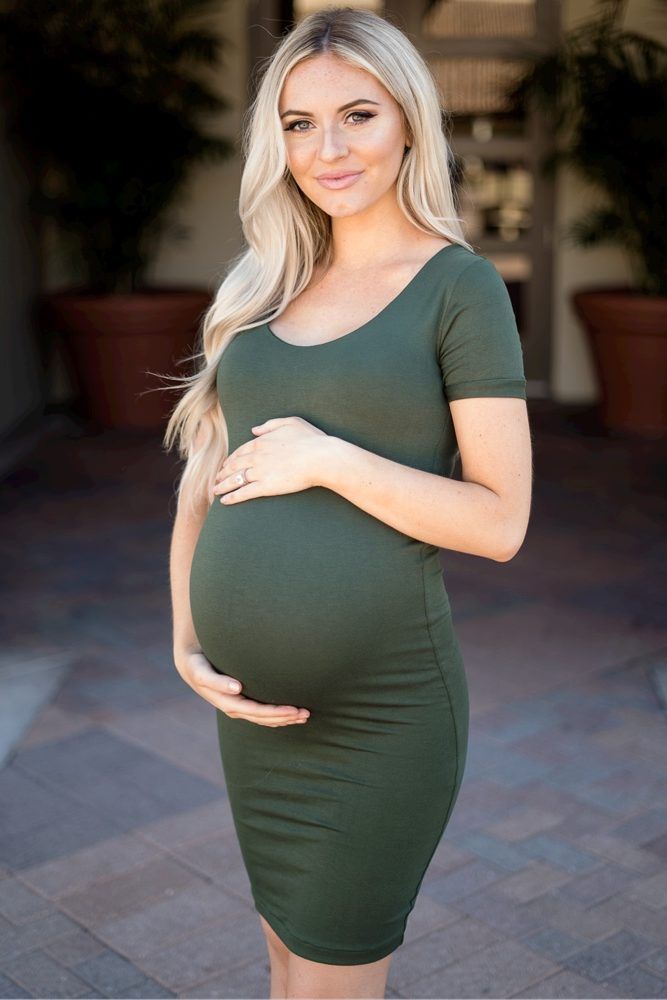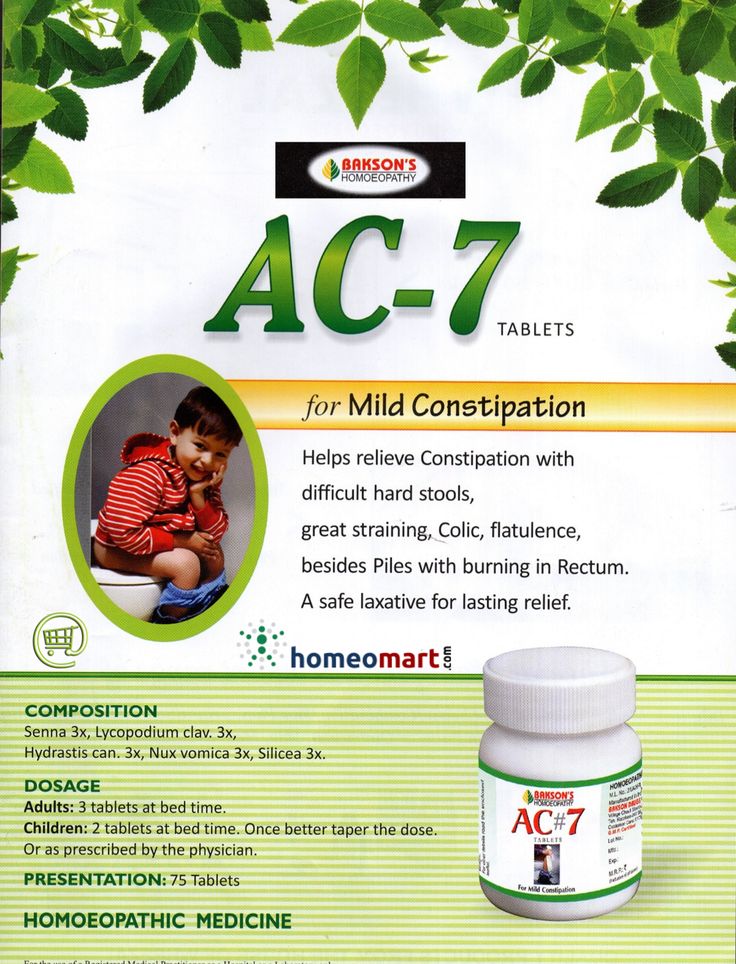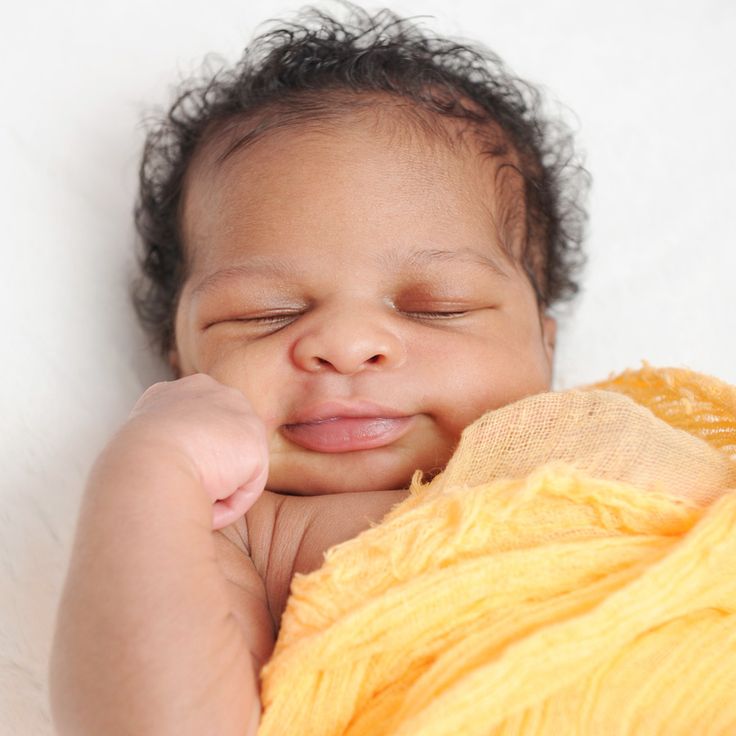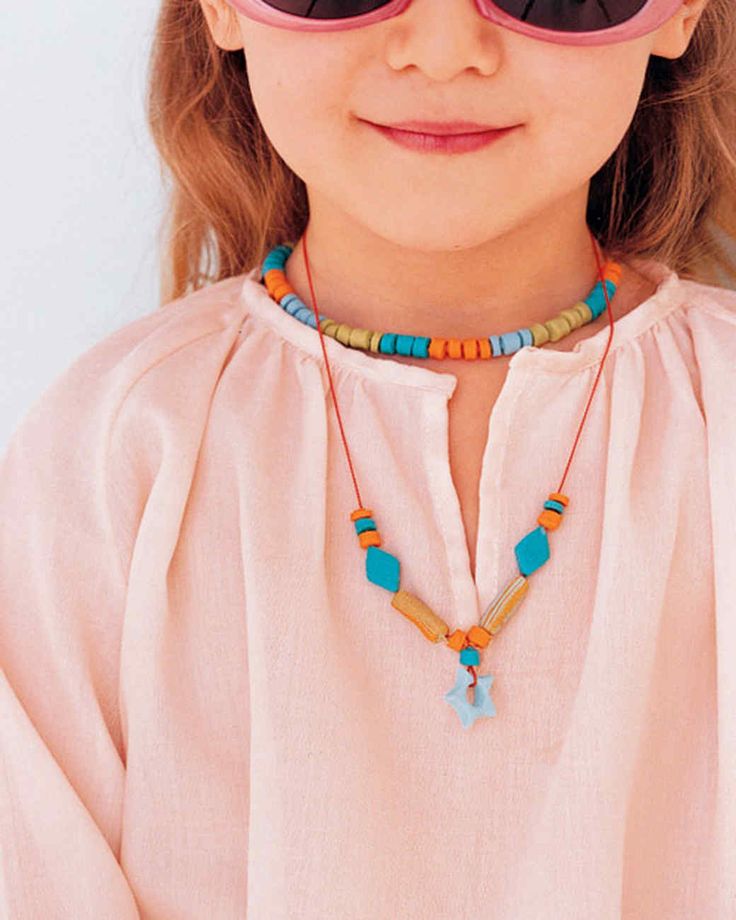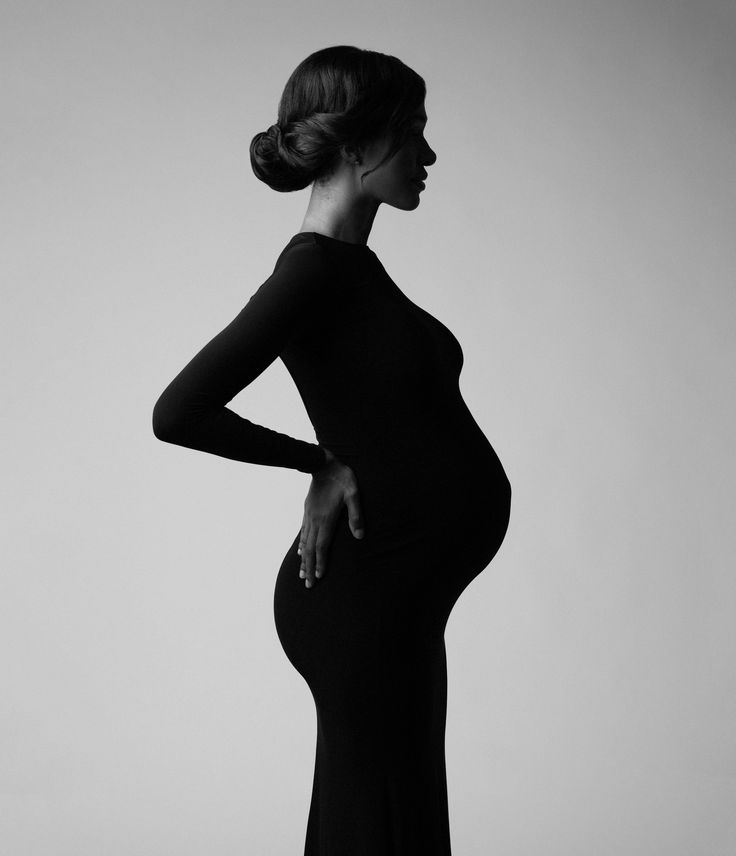Newborn baby milestone
Your Newborn Baby: Milestones, Feeding, and Development
Welcome to motherhood and parenthood! Along with the joy and excitement a newborn brings, you might be feeling exhausted and overwhelmed, too — and we're here to help! We’ll take a look at your baby’s development milestones from birth to 1 month; discuss how often and how long your baby may feed and sleep this month; and review important information about your newborn baby’s health. Your baby’s healthcare provider is the expert on healthy development, but we’ll touch on some of the highlights and provide some useful tips. Let's dive right in to this first month, which covers your baby’s weeks one, two, three, and four!
Baby Development Milestones
In weeks one to four after your baby’s birth, he’s getting used to life outside the womb. You may be amazed by all the growth and changes you're seeing! Here are some highlights:
Growth and Physical Development: It’s Normal for a Newborn to Look a Little “Odd”
In the first few days after birth babies can lose a little weight — this is mostly excess body fluid. Most babies will regain the weight quickly, so that by day 10, they’re back to their birth weight. Your healthcare provider will track your baby's growth carefully, measuring his length, weight, and head circumference (the distance around the head) at each checkup. Over time, your provider will use these measurements to gauge trends in your baby's rate of growth. Read more about how your provider uses baby growth charts.
You’ll be spending lots of time looking at your new baby, and although you’ll love every inch of him, you might find he looks a little “funny” at first. He’s just entered the world, and his body is still adjusting. These are some of the unusual physical features you might notice in the first few weeks:
Fine hair called lanugo may cover his body for a few days or weeks it is shed.
His skin may peel a little.
Reddened areas of skin called salmon patches or “stork bites” may appear on his face or neck; these will likely disappear within a few months.
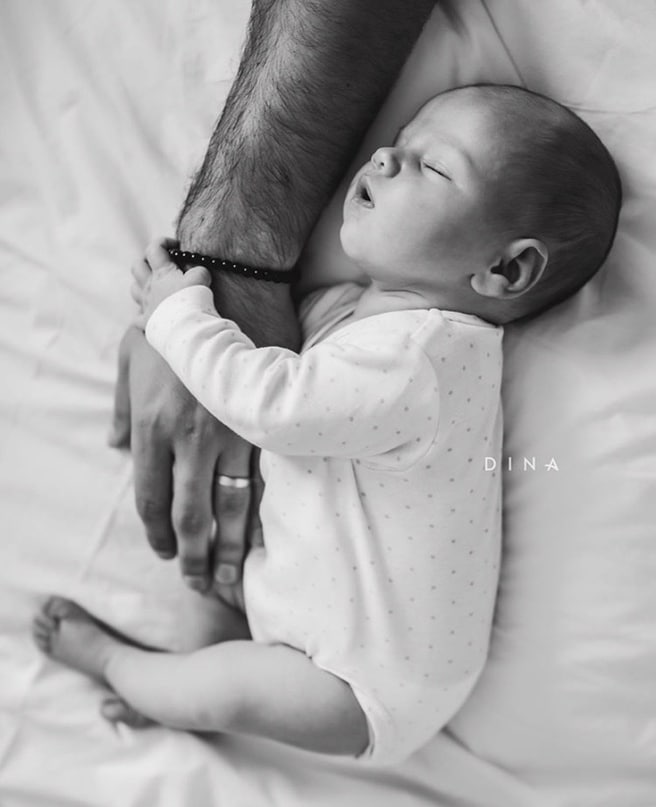
Your baby’s genitals may be swollen, but will return to normal soon.
Two soft spots, called the fontanelles, can be felt at the top of your baby’s head. Although a thick membrane protects the brain, this is where the skull bones are still fusing together.
If your baby was born vaginally, he may have an elongated skull. This happens because the plates of the skull adjust to allow an easier passage through the birth canal. Your baby’s head will return to a more normal shape soon enough.
Your baby may spend a fair bit of time curled up in a tight little bundle — just as he was in the womb. Toward the end of this first month, he’ll start to stretch and unfold from this preferred fetal position.
Senses: Your Baby Loves to Be Held by You
For your newborn, one of the most important senses is touch, and he’ll sense your mood by the way he’s being touched. Being held and carried by you provides security and comfort.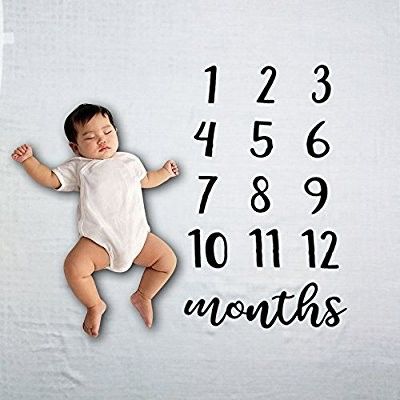 Be sure to always support your baby's head and neck, so that his head doesn't flop from side to side or front to back. Gently rocking him may help quiet and calm him, and massaging your little one may help you bond. Watch this short video guide on massaging your newborn for more on this topic.
Be sure to always support your baby's head and neck, so that his head doesn't flop from side to side or front to back. Gently rocking him may help quiet and calm him, and massaging your little one may help you bond. Watch this short video guide on massaging your newborn for more on this topic.
Typically, babies can only see about 8 to 12 inches away, but this means your baby can see your face as you hold him. His own hands will also interest him as they pass by in front of him. At this stage, he can tell light from dark, but he can't see the full range of colors.
Newborn babies typically prefer to hear high-pitched sounds and “baby talk.” As you talk to him, he’ll probably turn his head to face you.
Movement: Your Baby’s Instincts Are as Strong as His Grip
In the first few weeks, your baby’s movements may seem very jerky, but in the coming months, they’ll slowly become more controlled. Here are some of the common reflexes newborns have at birth:
Rooting.
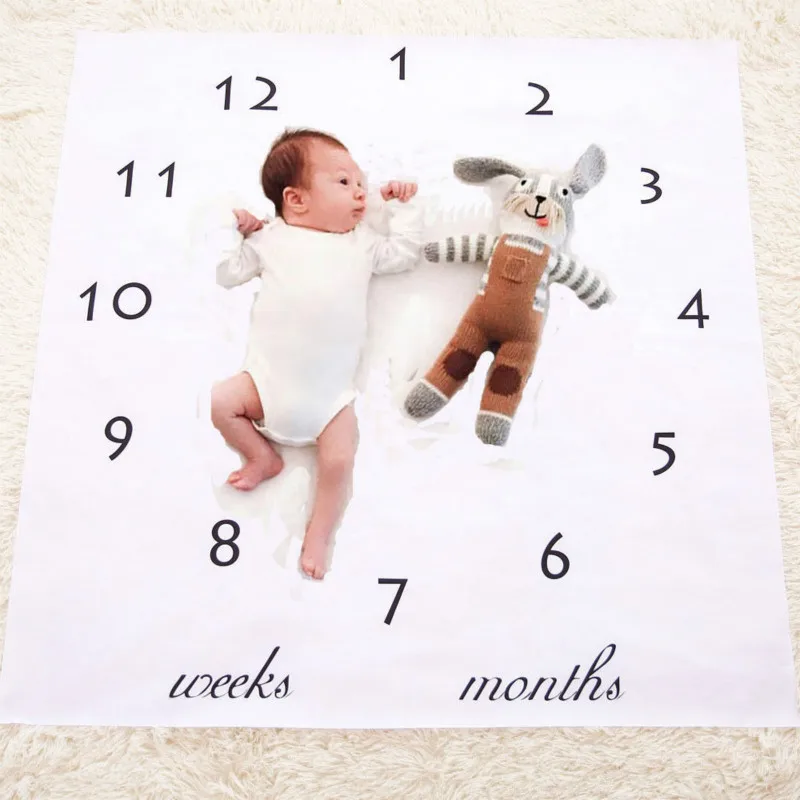 Your baby will turn his head toward your finger in response to his cheek or mouth being stroked.
Your baby will turn his head toward your finger in response to his cheek or mouth being stroked.Sucking. Your baby can instinctively suck, but coordinating sucking, breathing, and swallowing requires quite a bit of skill, so it may take a short while for your baby to get the hang of it when nursing.
Moro reflex. If your baby is startled by a noise, or his head shifts position suddenly, he may react by extending his arms and legs suddenly and then bringing them close together.
Strong grip. If you touch your baby’s palm, he will grip your finger. Don’t support him using this hold, as your baby has no control over this grip and may let go suddenly.
Stepping. When holding your baby in a standing position with the soles of his feet touching a surface, you may notice him do a stepping motion.
Personality: You’ll Never Forget That First Real Smile
At the start of this month, you might see your baby smile in his sleep.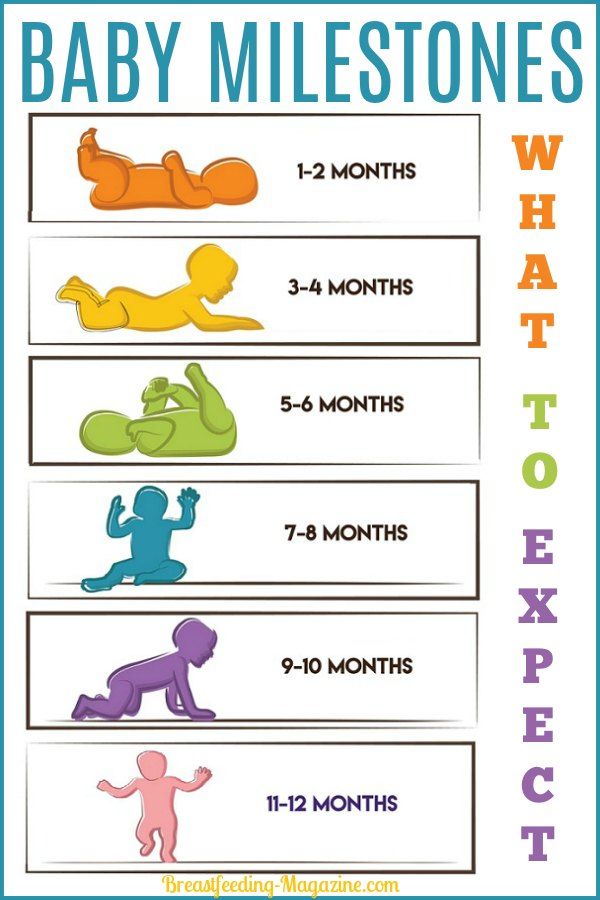 Experts aren’t quite sure why reflexive smiles happen, but it could be because your baby is responding to an internal impulse. Toward the end of this month or in the second month, you will start to see the real deal. This is when he smiles when he is awake in response to something like your face as you smile at him or the sound of your voice. Over time, he will learn that smiling is a way for him to communicate.
Experts aren’t quite sure why reflexive smiles happen, but it could be because your baby is responding to an internal impulse. Toward the end of this month or in the second month, you will start to see the real deal. This is when he smiles when he is awake in response to something like your face as you smile at him or the sound of your voice. Over time, he will learn that smiling is a way for him to communicate.
Newborns cry to communicate things like hunger or discomfort, or to release tension. If your baby is crying but doesn’t need feeding, burping, or diaper changing, he may just need a little attention. Try comforting him by cuddling him or soothing him with your voice, as these might just work to settle him. In some cases, persistent crying could indicate a problem, so if you're worried consult your baby’s healthcare provider to check that everything is OK.
Even in these first few days and weeks you may get early hints about his personality. Does he cry about a wet diaper, or seem perfectly content? Is he easily startled, or does he take things in stride? If you have older children, you may even start noticing differences in your baby's and his older siblings' temperaments at this early stage.
related baby tool
Keep an eye on your baby’s average growth by tracking height, weight, and head circumference with our simple tool.
Fill out your baby's details*:
What is your child*
Boy Girl
This is a mandatory field.
Age (between 0 and 24 months)
This is a mandatory field.
Weight (lbs.)
This is a mandatory field.
Height (in.)
This is a mandatory field.
Head circumference (in.)
This is a mandatory field.
*Input details of your baby’s last measurements. **Source: World Health Organization
How to Support Your Baby’s Development
Your baby’s pediatrician will be able to give you lots of personalized advice, but these are some things you can try:
Skin-to-skin contact.
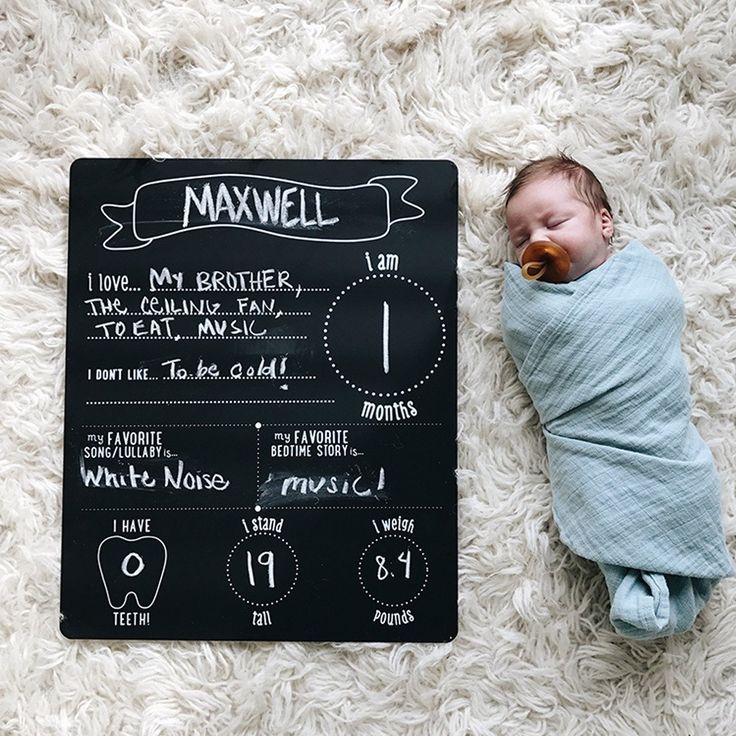 This is when your naked baby is placed against your uncovered chest. It’s good to practice this “kangaroo care” from right after your baby is born and during his first few months. The benefits of skin-to-skin contact include improved bonding between you and your baby, and helping to regulate his breathing and heart rate.
This is when your naked baby is placed against your uncovered chest. It’s good to practice this “kangaroo care” from right after your baby is born and during his first few months. The benefits of skin-to-skin contact include improved bonding between you and your baby, and helping to regulate his breathing and heart rate.Tummy time. Put your baby on his tummy on the floor for a short time each day to help strengthen his neck and shoulders, as you closely supervise. Read more about tummy time.
Tracking practice. As your baby’s vision develops, he’ll slowly become better at following moving objects with his eyes. To help him practice, try moving an object — like a rattle — slowly in front of him.
Feeding Your Newborn Baby: How Much Does a 1-, 2-, 3-, or 4-Week-Old Baby Eat?
The good news is that you won’t need to set a rigid feeding schedule. Instead, watch for your baby’s hunger signals to get to know what’s normal for him.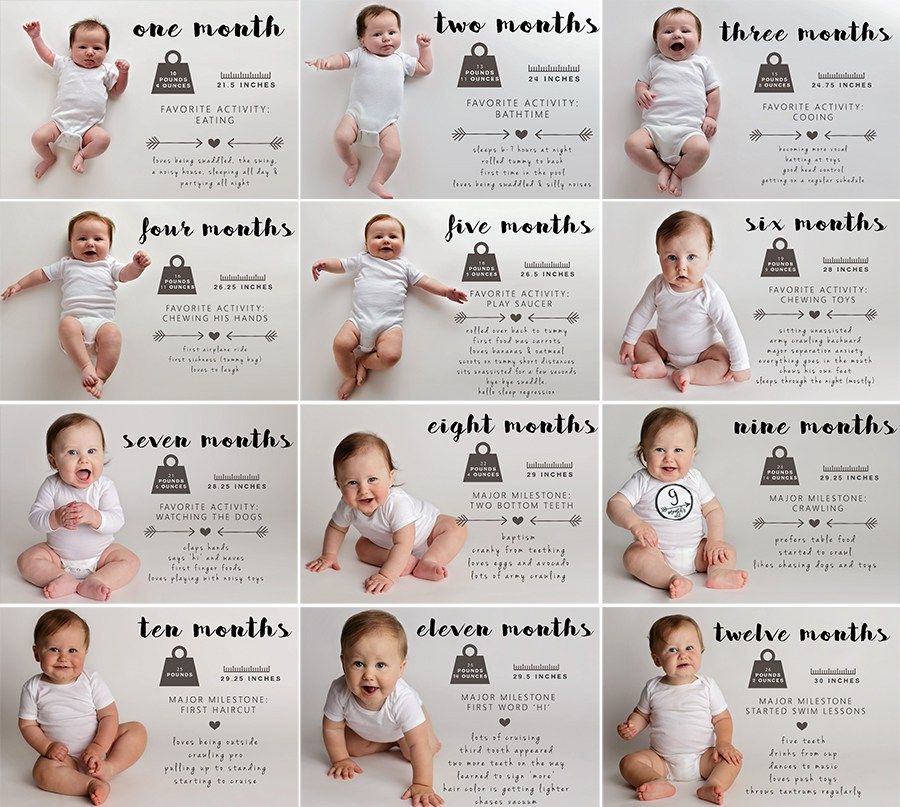 This month, your baby may show hunger by rooting (see the reflexes above), lip smacking, or sucking on his fist. Crying can also be a sign of hunger, but it’s better to feed your baby before he gets to this stage, rather than waiting until he’s really upset. You'll likely feed your baby at least eight times in each 24-hour period, both during the day and night. During growth spurts — which occur at different times for different babies, but often at the end of week two and between week three and six — your baby may be hungrier than usual. When he’s full, he may look tired or fall asleep. If you’re breastfeeding and are concerned about your milk supply, or whether your baby is latching or nursing properly, ask your healthcare provider or a lactation consultant for help. You can also check out this go-to breastfeeding guide we’ve created just for you!
This month, your baby may show hunger by rooting (see the reflexes above), lip smacking, or sucking on his fist. Crying can also be a sign of hunger, but it’s better to feed your baby before he gets to this stage, rather than waiting until he’s really upset. You'll likely feed your baby at least eight times in each 24-hour period, both during the day and night. During growth spurts — which occur at different times for different babies, but often at the end of week two and between week three and six — your baby may be hungrier than usual. When he’s full, he may look tired or fall asleep. If you’re breastfeeding and are concerned about your milk supply, or whether your baby is latching or nursing properly, ask your healthcare provider or a lactation consultant for help. You can also check out this go-to breastfeeding guide we’ve created just for you!
Does Your Baby Need Dietary Supplements?
Regardless of whether your baby is breastfed, formula-fed, or a combination of both, you may want to speak to your baby's healthcare provider about whether you should supplement your baby’s nutrition.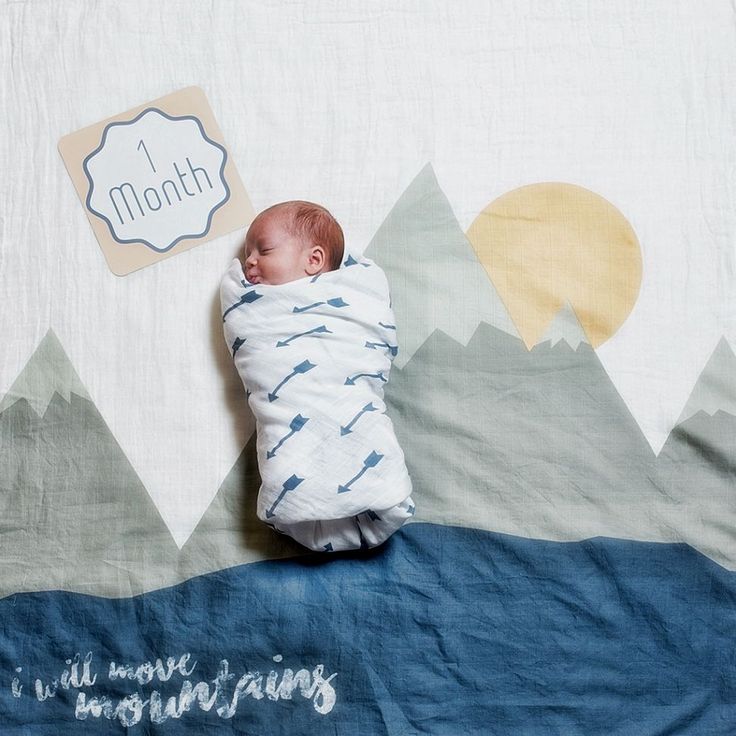 For example, vitamin D and iron supplements may be advised until your baby turns 12 months old.
For example, vitamin D and iron supplements may be advised until your baby turns 12 months old.
Tracking Wet and Dirty Diapers
It’s natural to wonder whether your baby is getting enough to eat. One way to check is to keep track of diaper changes — how many you change, and how they look. In the first few days, don’t be surprised if your baby’s poops are thick and dark green or black — these are your baby’s normal first bowel movements, made up of meconium. After this meconium has passed, his stools will switch to a yellow-green color, and become softer and runnier. Each baby is different, but you can probably expect at least six wet diapers and at least three or four poopy diapers a day.
Other signs your baby is eating enough include if you can hear your baby swallow, and if he seems content for a few hours after nursing. Over a longer period of time, your baby’s healthcare provider will help check your baby is getting enough nourishment by monitoring his growth.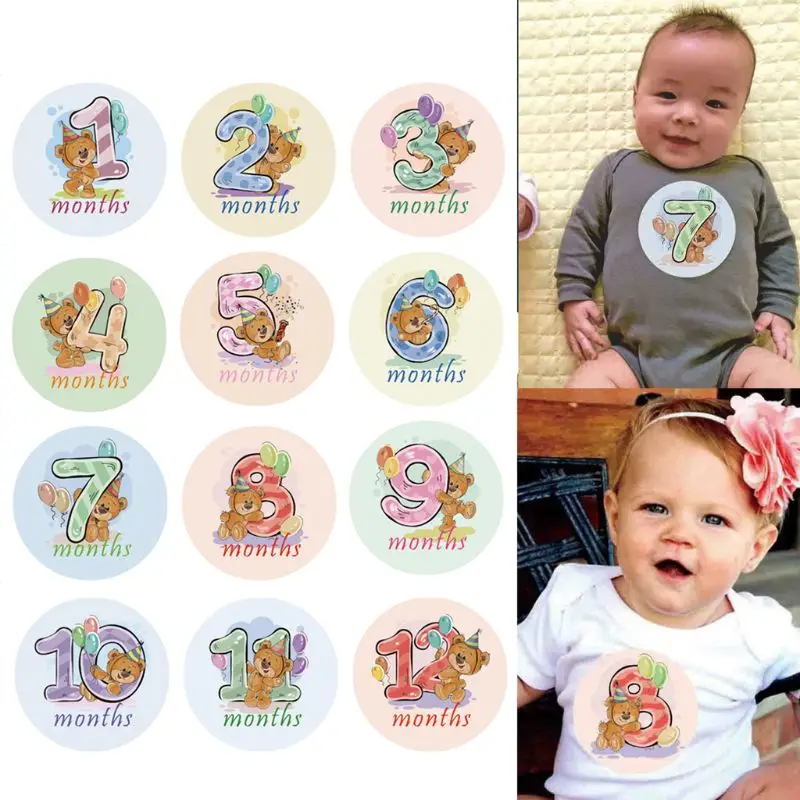
Although those first few diaper changes can be challenging, you’ll soon be a pro! In fact, you’ll be changing so many diapers you’ll may feel you deserve a prize. Well, you do! Download the Pampers Club app and turn diapers and wipes into fun toys for your baby, lovely treats for you, or useful coupons to put toward your next Pampers purchase.
How Much Sleep Does a Newborn Baby Need?
In the first few weeks, your baby will likely sleep about 16 hours of each 24-hour period, in blocks of about three or four naps. Because your newborn’s stomach can only hold so much milk, you’ll need to wake him for feeds during the night if he doesn’t wake naturally. Although your baby doesn’t know the difference between day and night yet, start teaching him by keeping night-time feeds low-key. Don’t turn on bright lights, keep diaper changes brief, and instead of playing, put him right back to sleep on his back.
Safe Sleep
For the first year of your baby's life, always put your baby to sleep on his back in his crib.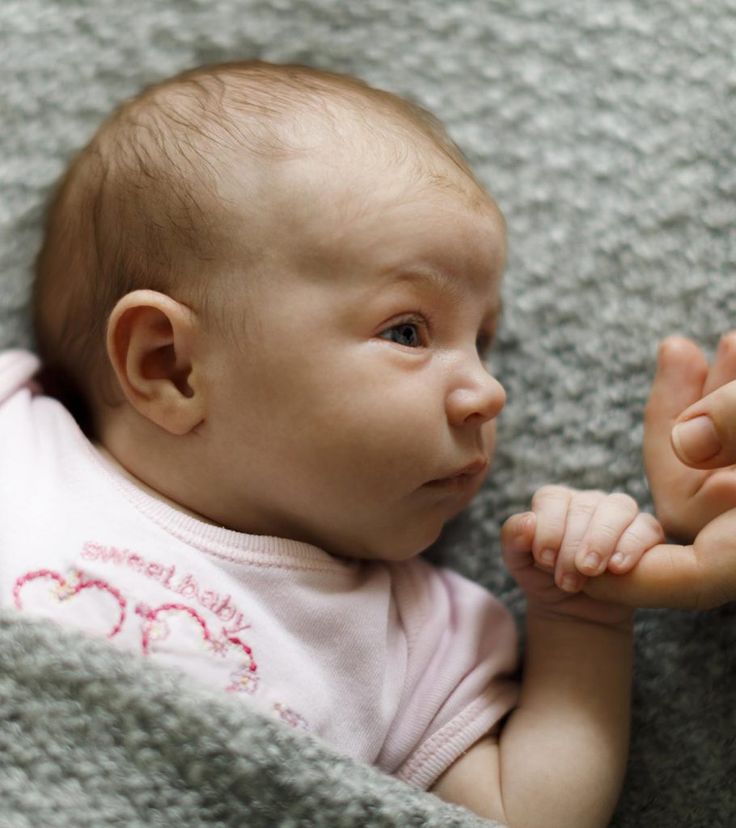 Also, keep the crib bare of clutter like loose sheets, blankets, bumper pads, pillows, and toys, and put the crib in your room. These crucial steps help reduce the risk of SIDS, or sudden infant death syndrome, which is the unexplained death of a healthy baby in the first year of life. Read more about how to prevent SIDS and keep the ABCs of safe sleep in mind. Your baby should always sleep:
Also, keep the crib bare of clutter like loose sheets, blankets, bumper pads, pillows, and toys, and put the crib in your room. These crucial steps help reduce the risk of SIDS, or sudden infant death syndrome, which is the unexplained death of a healthy baby in the first year of life. Read more about how to prevent SIDS and keep the ABCs of safe sleep in mind. Your baby should always sleep:
ALONE
on his BACK
in a CRIB.
A Day in the Life of Your Baby
Although a routine involving a newborn baby can’t be set in stone, here is an example of a daily routine for feeding, sleeping, bathing, and play:
You might be wondering how to play with your little one at this early stage. Check out these short video guides on playing with your newborn for general playtime tips, tummy time tips, and games that help develop your baby’s senses of touch and sight.
Going Outside
Feel free to take your newborn outside in nice weather, making sure she is dressed appropriately. Your baby’s ability to regulate her body temperature hasn’t fully developed yet, so the general rule of thumb is to add one more layer of clothing for her than you are wearing. If it’s sunny, keep her in the shade, as her skin can get sunburned easily. If it’s very cold or rainy, it may be best to only head out for only a short time. Make sure your baby has a warm hat on, plus enough extra layers and blankets. To check if your baby’s comfortable, make sure her chest is warm, and that her hands and feet are a little cooler than the rest of her body.
Your baby’s ability to regulate her body temperature hasn’t fully developed yet, so the general rule of thumb is to add one more layer of clothing for her than you are wearing. If it’s sunny, keep her in the shade, as her skin can get sunburned easily. If it’s very cold or rainy, it may be best to only head out for only a short time. Make sure your baby has a warm hat on, plus enough extra layers and blankets. To check if your baby’s comfortable, make sure her chest is warm, and that her hands and feet are a little cooler than the rest of her body.
Diaper Changing
One of the fixtures of your baby’s daily routine will be having her diaper changed. Make sure you have all the supplies you’ll need for the diaper change within reach before you begin. Keep one hand on your baby at all times and don’t leave your baby alone on the changing table, or on any surface that's higher than the floor, as she can easily wriggle and fall. To help prevent diaper rash, remove wet or soiled diapers as soon as possible.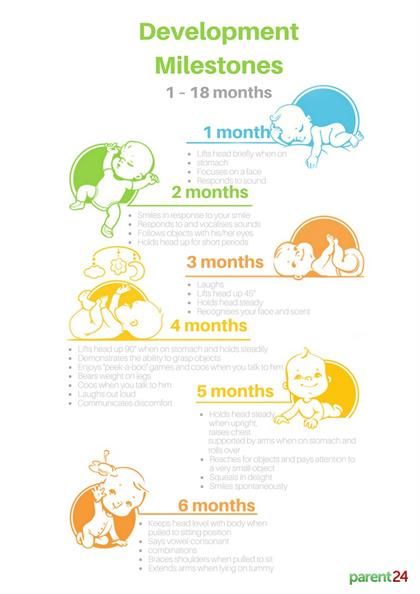 After removing the dirty diaper, clean the area by using a gentle wipe, and put on a fresh diaper. Read more about how to change your baby’s diaper, and you’ll soon get the hang of it.
After removing the dirty diaper, clean the area by using a gentle wipe, and put on a fresh diaper. Read more about how to change your baby’s diaper, and you’ll soon get the hang of it.
How to Bathe a 1-, 2-, 3-, or 4-Week-Old Baby
To keep the umbilical cord stump dry, in the first few weeks, sponge bathe your baby. Keep doing this until the stump completely falls off. Once the cord area has healed, you can start to bathe your baby in a baby bathtub or the sink, but keep in mind that she may need bathing only three times a week for the first year, particularly if you clean the diaper area thoroughly at each diaper change. Here are some tips to help you navigate the first few times you bathe your weeks-old baby:
Make sure the water feels warm but not hot to the touch on your wrist or elbow.
Have all the supplies you’ll need on hand, so you don’t ever leave your baby unattended.
Bathe your baby right after undressing her so she doesn’t catch a chill.

Support her head and neck as you place her in the tub or sink and as you bathe her. Keep her head and most of her body well above the water level for safety.
To wash your baby's face, use a soft cloth and mild baby soap, adding shampoo once or twice a week for her hair.
If you have a boy, simply clean his genitals with soapy water as you would the rest of the diaper area. Your baby’s healthcare provider will tell you when the foreskin has separated properly, and from then on, the foreskin can be safely retracted and cleaned.
Read more about how to bathe your newborn, and you’ll have a handle on it soon enough!
Umbilical Cord Care
You’ll need to keep your baby’s umbilical cord stump clean and dry until it shrivels up and falls off, usually by the time she’s 3 weeks old. After the stump has fallen off, gently clean any raw spots with a cotton ball dipped in rubbing alcohol. If you notice bleeding or signs of infection such as a smelly, yellowish discharge or red skin around the stump, contact your baby’s healthcare provider.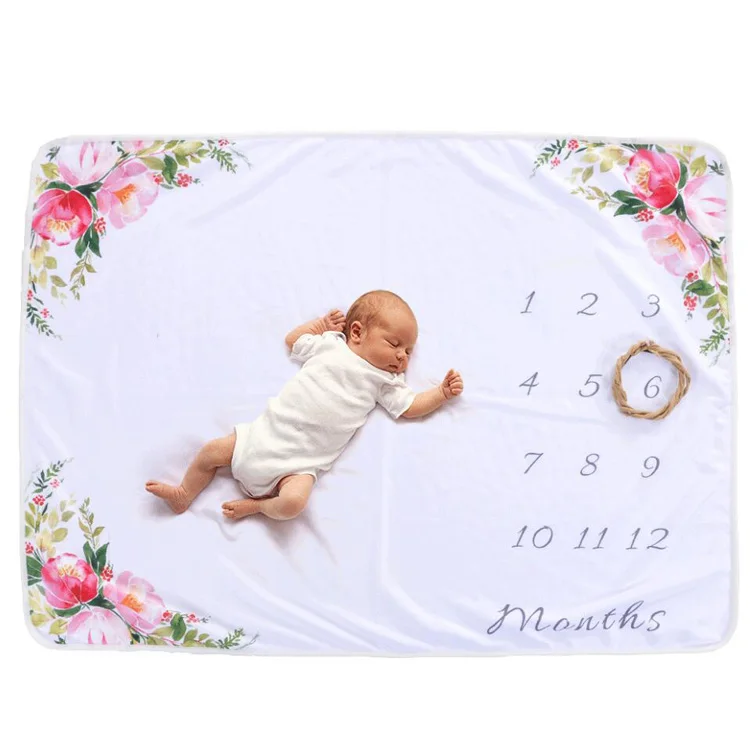 Read more about caring for your baby’s umbilical cord for more detail on this important topic.
Read more about caring for your baby’s umbilical cord for more detail on this important topic.
Your Baby’s Health: Is it OK for Loved Ones to Visit?
Here are some typical baby health conditions and common concerns at this stage:
Is it safe to have visitors? It’s natural to want to have close family members and friends visit you and your baby in the first couple of days after his birth, but try to limit it to only a few people, and try to keep the visits low-key so you and your baby can rest and recover. During the rest of this first month, stick to a small number of visitors, and make sure they aren’t sick, as this will help prevent your baby from catching an infection. Ask all visitors to wash their hands before touching your little one.
Jaundice. If your baby’s skin has a yellowish tinge, she may have jaundice, a condition in which the liver has not yet begun to remove a chemical called bilirubin from the blood.
Your baby’s healthcare provider will diagnose and treat this condition.
Fever. Most babies will get a fever at some stage, but sometimes it can be difficult to tell when a newborn baby has an elevated temperature. In the first 12 weeks, babies with a fever need urgent medical attention, so if your baby feels warm or is unusually cranky, take her temperature with a rectal thermometer. If her temperature is 100.4 degrees Fahrenheit or higher, seek medical help right away.
How to care for a circumcised penis. The most important thing is to keep the area as clean as possible using mild, soapy water. Redness and a yellow secretion in the first week are probably normal, but if there is swelling, crusty sores, or a cloudy, fluid secretion, contact your baby’s healthcare provider.
FAQs at a Glance
What is the normal weight of a newborn? About 80 percent of babies born at full term (40 weeks) weigh between 5 pounds 11 ½ ounces and 8 pounds 5 ¾ ounces.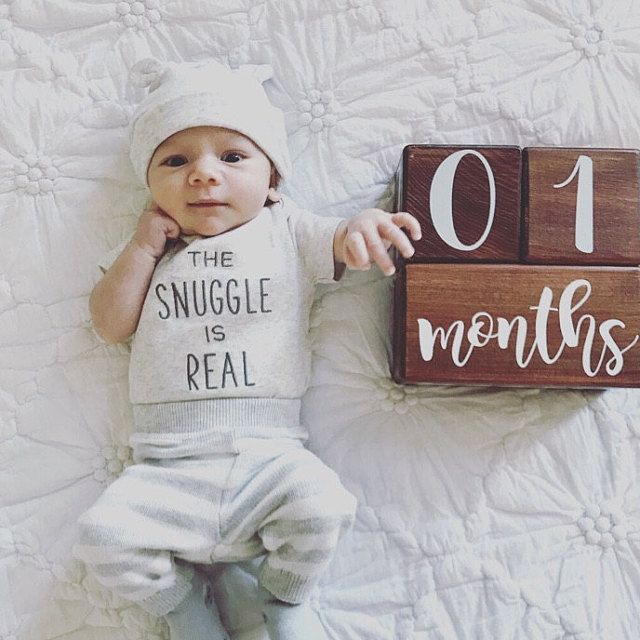
What toys to get a newborn? Consider getting a mobile that can be safely hung over the crib. Choose one with contrasting colors and patterns. A music player that plays soft music or a soft, brightly colored toy that makes gentle sounds are also ideal for babies at this age.
Does my newborn need vitamins? According to experts, newborns typically do not need vitamin supplements except for daily vitamin D drops (but only if the baby is not already getting this vitamin in her formula). Consult your baby’s healthcare provider for advice.
What to give a 1-week-old baby for constipation? Check with your baby's healthcare provider before giving your 1-week-old baby anything except breast milk or formula, even if you suspect your baby is constipated. "Normal" bowel movements may vary from baby to baby and at different ages. That said, for a newborn, having firm stools less than once a day may be a sign of constipation. Consult your baby’s provider for advice, as sometimes this schedule can also be normal for some breastfed babies.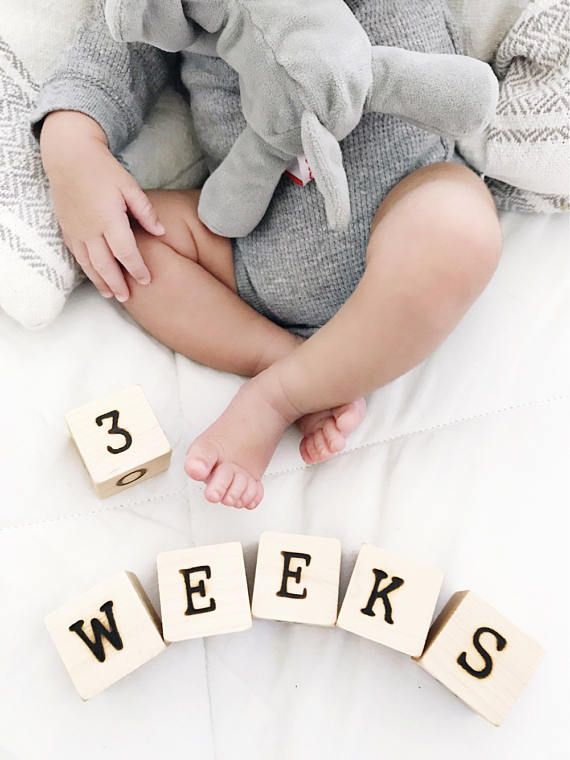
Your Life as a Parent: An Emotional Rollercoaster!
After giving birth, you might feel a mixture of happiness, pain, and exhaustion. Your emotions may be heightened by stress and hormonal changes. You’re also getting used to some new routines: feeding, changing diapers, and putting your baby to sleep. Plus, you may be getting much less sleep now than you’re used to. Know that you’re not the first or last parent to feel overwhelmed at this time, and it can be natural to cry. However, if you feel severe feelings of sadness, emptiness, apathy, or despair, you may have postpartum depression. Let your healthcare provider know how you are feeling, because there is help available.
Physical recovery after giving birth — whether vaginally or via a cesarean section — takes time. Here are some of the physical effects to expect around this time:
Bleeding. You’ll shed the blood and tissues that lined the uterus (this vaginal discharge is known as lochia).
 Initially the bleeding may be heavy, but it will lighten over the next few weeks. Contact your healthcare provider if you bleed through two pads in an hour, for two hours in a row.
Initially the bleeding may be heavy, but it will lighten over the next few weeks. Contact your healthcare provider if you bleed through two pads in an hour, for two hours in a row.Uterine contractions. For about 10 days after giving birth, you may experience afterbirth pains as your uterus shrinks back to its normal size.
Perineal pain. When you give birth vaginally, the skin between your vagina and anus — the area known as the perineum — stretches so that your baby’s head can fit through. Sometimes this skin tears and will either heal on its own or require stitches. To help ease the swelling and pain, you can apply cold packs to the area; you can also try sitting on a soft pillow.
Stretched abdomen. In the days after you give birth, your tummy may still look pregnant, as the abdominal muscles don’t snap back right away. Give your body plenty of time to recover, and always ask your healthcare provider before starting to exercise.
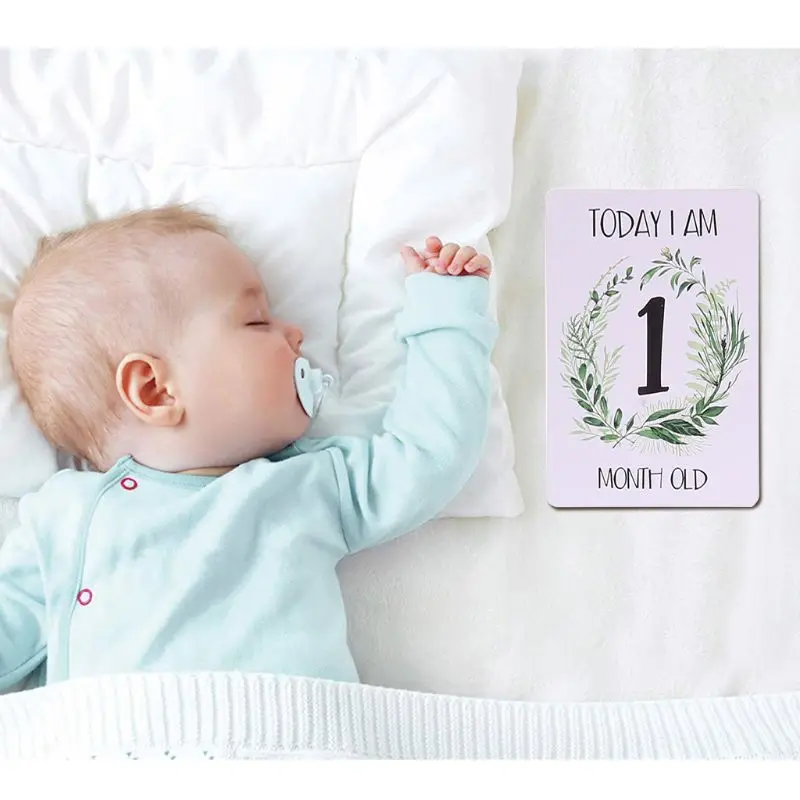
Constipation. It may be tricky to have a bowel movement in the first few days after giving birth. You might be afraid of the pain, or have sluggish bowels due to pain medication or simply because you didn’t eat during labor. Ask your healthcare provider for advice on what to do. Drinking more water and eating high-fiber foods might help.
Feeling tired. This is probably no surprise given the huge job you’ve done both physically and emotionally. You’ll need some time for your energy levels to recover. In the meantime, ask for help with any household chores or tasks, limit visitors, and sleep when your baby sleeps.
Ask your healthcare provider about how to treat any bothersome symptoms and check out our article on healing after childbirth, especially if you've had a cesarean section, to learn more. Try to rest as much as possible and eat healthily. And, when your provider gives you the all-clear, add some gentle exercise to your daily routine.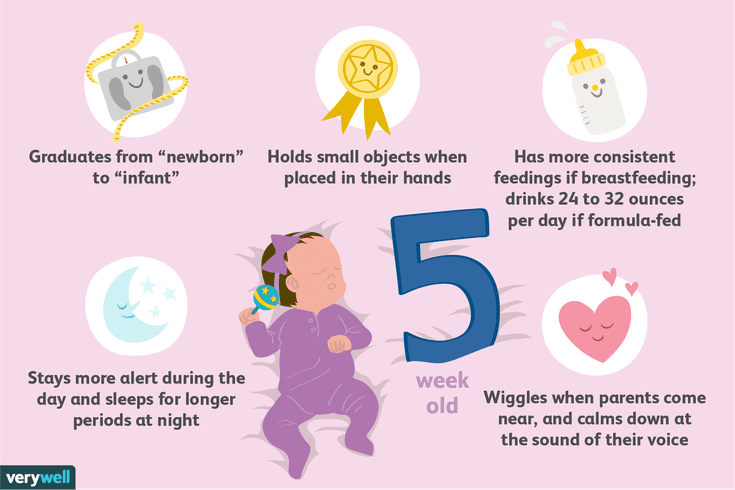
Baby Development Stages: The First Year
Written by Gina Shaw
From helpless newborn to active toddler: It takes just 12 short months for your baby to undergo this incredible transformation. Babies grow and change at an astounding pace, and every month brings new and exciting developments.
New moms and dads often wonder what to expect next and how to know if their baby’s development is on target. Instead of focusing too much on developmental milestones, however, it’s important to remember that babies all develop at their own pace. There’s a fairly wide “window” for when it is normal for a baby to reach a particular developmental stage.
“If your baby reaches one milestone sooner, she may reach another one later, because she’s so busy perfecting the other skill,” says Jennifer Shu, MD, pediatrician and co-author of Heading Home with Your Newborn.
Some babies may say their first word at eight months, while others don’t talk until a little after the one-year mark.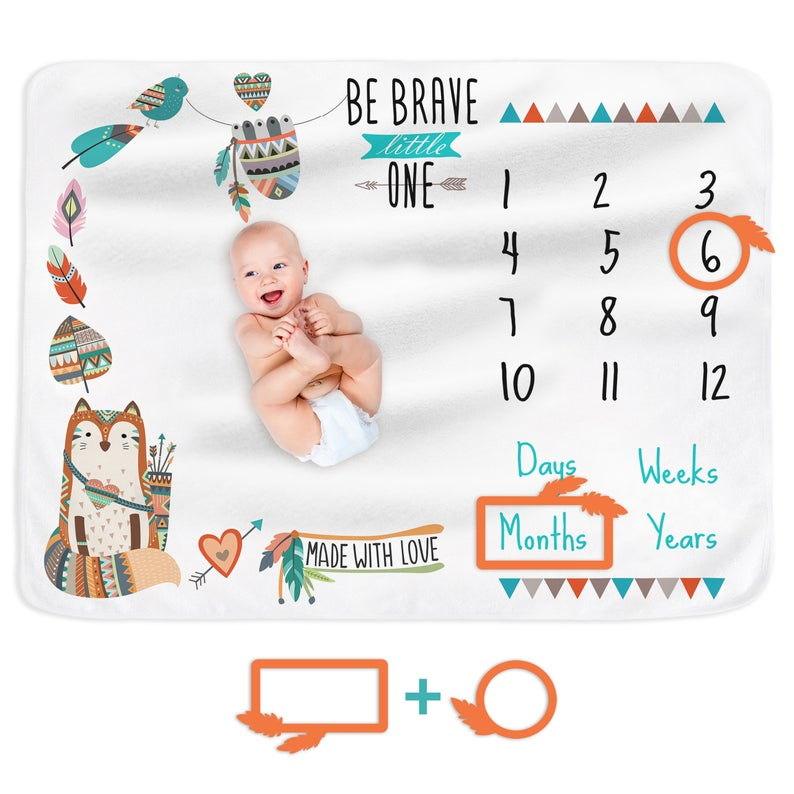 And walking may start anytime between nine and 18 months.
And walking may start anytime between nine and 18 months.
Keeping those kinds of variations in mind, here’s what your baby may be doing during each three-month stage of the first year.
Baby Development: One to Three Months
During this first development stage, babies’ bodies and brains are learning to live in the outside world. Between birth and three months, your baby may start to:
- Smile. Early on, it will be just to themselves. But within three months, they’ll be smiling in response to your smiles and trying to get you to smile back at them.
- Raise their head and chest when on their tummy.
- Track objects with their eyesand gradually decrease eye crossing.
- Open and shut their hands and bring hands to their mouth.
- Grip objects in their hands.
- Take swipes at or reach for dangling objects, though they usually won’t be able to get them yet.
Baby Development: Four to Six Months
During these months, babies are really learning to reach out and manipulate the world around them.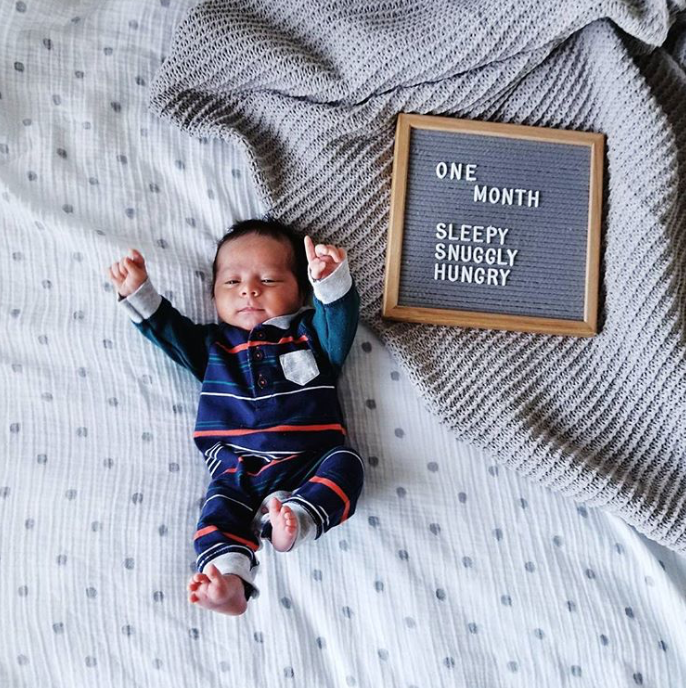 They’re mastering the use of those amazing tools, their hands. And they’re discovering their voices. From 4 to 6 months old, your baby will probably:
They’re mastering the use of those amazing tools, their hands. And they’re discovering their voices. From 4 to 6 months old, your baby will probably:
- Roll over from front to back or back to front. Front-to-back usually comes first.
- Babble, making sounds that can sound like real language.
- Laugh.
- Reach out for and grab objects (watch out for your hair), and manipulate toys and other objects with their hands.
- Sit up with support and have great head control.
Baby Development: Seven to Nine Months
During the second half of this year, your little one becomes a baby on the go. After learning that they can get somewhere by rolling over, they’ll spend the next few months figuring out how to move forward or backward. If you haven’t baby-proofed yet, better get on it!
- During this time period, your baby may:
- Start to crawl. This can include scooting (propelling around on their bottom) or “army crawling” (dragging themselves on their tummy by arms and legs), as well as standard crawling on hands and knees.
 Some babies never crawl, moving directly to from scooting to walking.
Some babies never crawl, moving directly to from scooting to walking. - Sit without support.
- Respond to familiar words like their name. They may also respond to “No” by briefly stopping and looking at you, and may start babbling "Mama" and "Dada."
- Clap and play games such as patty-cake and peekaboo.
- Learn to pull up to a standing position.
Baby Development: 10 to 12 Months
The last development stage in baby’s first year is quite a transition. They aren’t an infant anymore, and they might look and act more like a toddler. But they are still a baby in many ways. They are learning to:
- Begin feeding herself. Babies at this developmental stage master the “pincer grasp“ -- meaning they can hold small objects such as O-shaped cereal between their thumb and forefinger.
- Cruise, or move around the room on their feet while holding onto the furniture.
- Say one or two words, and "Mama" and "Dada" become specific name for parents.
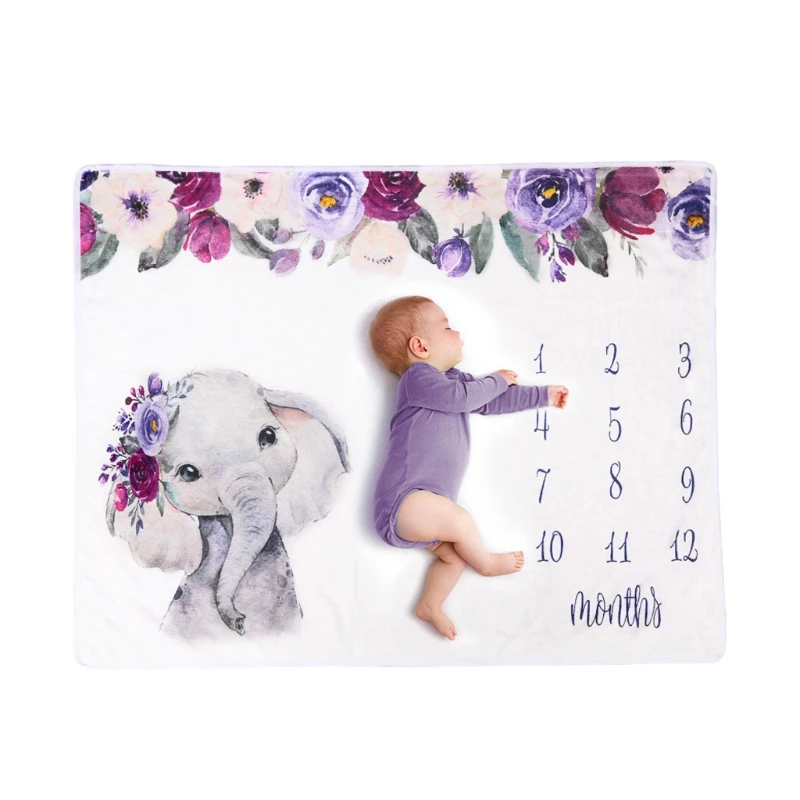 The average is about three spoken words by the first birthday, but the range on this is enormous.
The average is about three spoken words by the first birthday, but the range on this is enormous. - Point at objects they want in order to get your attention.
- Begin “pretend play” by copying you or using objects correctly, such as pretending to talk on the phone.
- Take their first steps. This usually happens right around one year, but it can vary greatly.
Your Baby’s Development: When to Talk to a Pediatrician
What should you do if you think your baby is not meeting growth or developmental milestones, when they should? First, says Shu, trust your instincts. “If you really feel like something’s wrong, then talk to your doctor about it because if there is a problem, we want to catch it as soon as we can," she says. "Early intervention is best, and you know your child better than anyone.”
Remember, however, that it is not exactly when your baby sits up by themselves or says their first words that is important; it’s that they are moving forward in their development. “Don’t look at the time as much as the progression, and see that your child is changing and growing,” says Shu. “It’s not a race. Nobody’s going to ask on a college application when your child first walked or said ‘da-da.’”
“Don’t look at the time as much as the progression, and see that your child is changing and growing,” says Shu. “It’s not a race. Nobody’s going to ask on a college application when your child first walked or said ‘da-da.’”
Your Child’s Development -- Month by Month
This table shows common developmental milestones that babies reach each month during their first year, in four major categories. Keep in mind that all babies are different and every baby grows at their own pace. There's no precise time that most of these skills first appear. If your child hasn’t reached a milestone by the month it is listed on this chart, it is usually a perfectly normal variation in child development. Watch for progress, not deadlines.
| Gross Motor | Fine Motor | Language/ Cognitive | Social |
1 month | Moves head from side to side when on stomach | Strong grip | Stares at hands and fingers | Tracks movement with eyes |
2 months | Holds head and neck up briefly while on tummy | Opens and closes hands | Begins to play with fingers | Smiles responsively |
3 months | Reaches and grabs at objects | Grips objects in hands | Coos | Imitates you when you stick out your tongue |
4 months | Pushes up on arms when lying on tummy | Grabs objects -- and gets them! | Laughs out loud | Enjoys play and may cry when playing stops |
5 months | Begins to roll over in one or the other direction | Is learning to transfer objects from one hand to the other | Blows “raspberries” (spit bubbles) | Reaches for mommy or daddy and cries if they’re out of sight |
6 months | Rolls over both ways | Uses hands to “rake” small objects | Babbles | Recognizes familiar faces --caregivers and friends as well as family |
7 months | Moves around --is starting to crawl, scoot, or “army crawl” | Is learning to use thumb and fingers | Babbles in a more complex way | Responds to other people’s expressions of emotion |
8 months | Sits well without support | Begins to clap hands | Responds to familiar words, looks when you say their name | Plays interactive games like peekaboo |
9 months | May try to climb/crawl up stairs | Uses the pincer grasp | Learns object permanence -- that something exists even if they can’t see it | Is at the height of stranger anxiety |
10 months | Pulls up to stand | Stacks and sorts toys | Waves bye-bye and/or lifts up arms to communicate “up” | Learns to understand cause and effect (“I cry, Mommy comes”) |
11 months | Cruises, using furniture | Turns pages while you read | Says “mama” or “dada” for either parent | Uses mealtime games (dropping spoon, pushing food away) to test your reaction; expresses food preferences |
12 months | Stands unaided and may take first steps | Helps while getting dressed (pushes hands into sleeves) | Says an average of 2-3 words (often “mama” and “dada”) | Plays imitative games such as pretending to use the phone |
Baby Photoshoot: Baby Milestones & Photos
on the App StoreScreenshots (iPhone)
Description
Decorate your baby photos with lots of cute stickers and texts.
Beautiful ready-made templates to create to decorate the memories of you and your child or create your own.
Easily create personalized baby announcement cards.
Parents to be and new parents, Baby Photo Shoot app created for you!
Capture your precious daily moments with your child and turn them into everlasting memories and easily share with friends and family. Create a beautiful baby story with your pregnancy photos, baby photos and baby milestones that you treasure for your life. (They are growing fast).
Capture precious baby photos week after week, baby milestone photos, tag those photos with beautifully crafted images and personalized text and share and SHUT OFF FOREVER!
Capture all those Firsts, the first hit, the first smile, the first steps, the dirty moments or the first day of school. Add delightful artwork and treasure a special moment forever.
Baby Photo Shoot lets you:
• Create wonderful visual memories with custom artwork and fonts.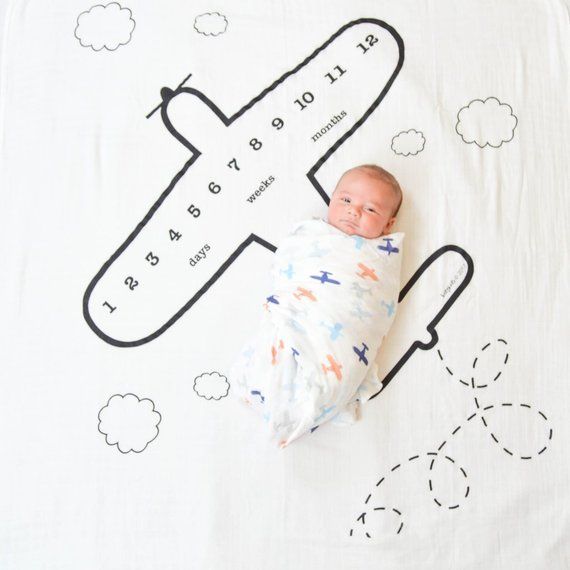
• Customize the look of your photos with elegant and professional filters.
• Create your own unique baby photo, save it and post it on social media.
Can be used for:
• Your growing belly and baby.
- Be creative with your nine months of joy.
• Baby's first moments.
- Capture your first steps and unusual moments.
• Every excitement and anticipation.
- Celebrate weeks, months, milestones and more.
APP Features (all swaddling for you)
• ARCHITECTURE OF MOLDOVA
- 1000+ beautifully crafted cover overlays to celebrate your little exciting milestones and special moments.
• PERSONALIZED TEXT
- Add sentimental text for personalization. Choose from our adorable typography to write baby's name, measurements, dates and features
• EDITOR
- Edit photos with professional photo editing tools like Enhance, Crop, Orientation, Border, Frames and more.
• AFTER
- Enhance the beauty of your pictures with stunning effects
• FILTERS
- Add great filters to highlight special moments.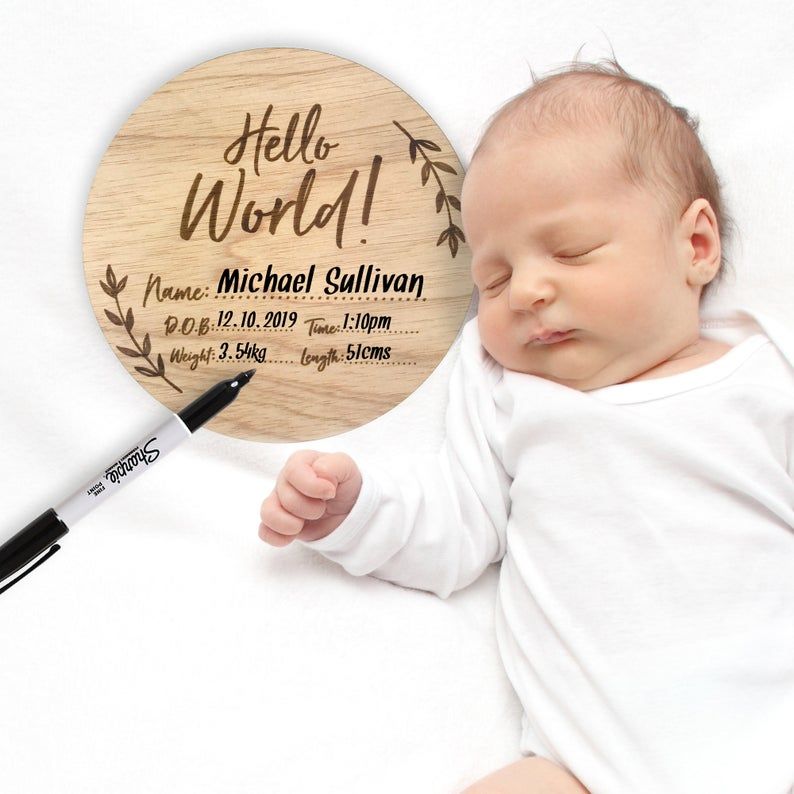
• SHARE
- Share your precious photos with your friends and family in a few seconds via social media, text or email.
CATEGORIES NOTIFICATION BOARD
DATES: weeks, months, years, due dates, birthdays + many more
FIRST TIMES: First hit, first ultrasound, today I smiled for the first time, today I got up, my first shoes + many more
PREGNANCY: Getting big , small belly vs big belly, overdue, twins, mom and dad get me man + many more
HOLIDAYS: Santa Baby, happy holidays, too cute for a naughty list, happy Easter + many more
ANNOUNCEMENTS: pregnancy announcements, birth announcements, gender reveals, rumors are true, we're pregnant, surprise!, due in July, anytime day, she's here! + Many more
DAILY: crazy boy, little man, chubby cheeks, fit mom, spoiled, kissing lips + many more
HUMOR: Available - milk drink, poop explosion, oven bun, eviction notice, notorious b.u.b + many more
BIG KIDS: Don't grow up, free range kid, story time, bookworm, semi-wild - half a child, no, no, no.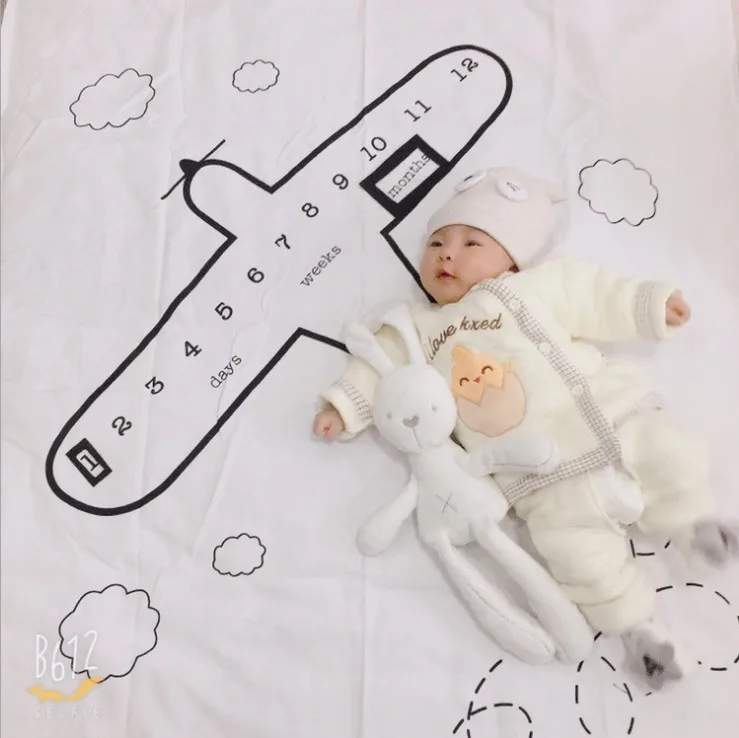 . + many more
. + many more
FRIENDS AND FAMILY: meet my friends, brotherly love, I will become a grandmother, I love mom, family time and more
DOODLES: hearts, borders, banners, butterflies, budgies and more
We lovingly created the Baby Photo Shoot app for you. Please help spread the word by leaving a quick review. It really helps!
Version 2.0
The app has been updated by Apple to display the Apple Watch app icon.
Thank you for your support and feedback.
This edition has extensions - templates for each occasion and milestones of the baby
- Pregnancy and childbirth
- General questions
- Baby's first moments
- And much more ..
Ratings and reviews
ratings: 455
Super
Everything is super!
One ad and a minimum of opportunities
There are SO MANY advertisements that sometimes you can't go from page to page.
I click on something - an advertisement pops up, I close it, I rush to the same button again and again an advertisement before I had time to press it! Here is the greed! -100 just!!!
.
Love the app!
The developer of Simply Entertaining LLC has not disclosed to Apple its privacy policy or data practices. Detailed information is available in the developer's privacy policy.
N/A
Developer will be required to provide privacy information when submitting the next app update.
Information
- Provider
- Simply Entertaining LLC
- Size
- 77 MB
- Category
- Photo and video
- Age
- 4+
- Copyright
- © Simply Entertaining LLC
- Price
- Free
- App support
- Privacy Policy
Other apps from this developer
You may like
Baby milestones: 1-6 months
What to expect from your baby in the first six months of life.
- CHILD DEVELOPMENT: Some children may reach developmental milestones more quickly and others a little more slowly.
In the first year of life, your newborn baby will grow rapidly, gain weight and height, and reach new milestones every month. The transformation from a sleepy newborn to an active baby will be wonderful and will happen right before your eyes.
Your newborn baby will spend the first few weeks after birth sleeping 24/7, waking up only to feed or change a diaper. Yawning, sneezing, hiccups, stretching are some of the actions your newborn will exhibit. This is the first stage in the development of the child, which will not last long.
All babies develop at different rates
Although all babies have the same developmental stages, each baby will have their own rate of growth and development due to various hereditary and environmental factors. Don't worry if your child develops more slowly. Remember: the brilliant scientist Einstein in his early years was considered a very boring and retarded student.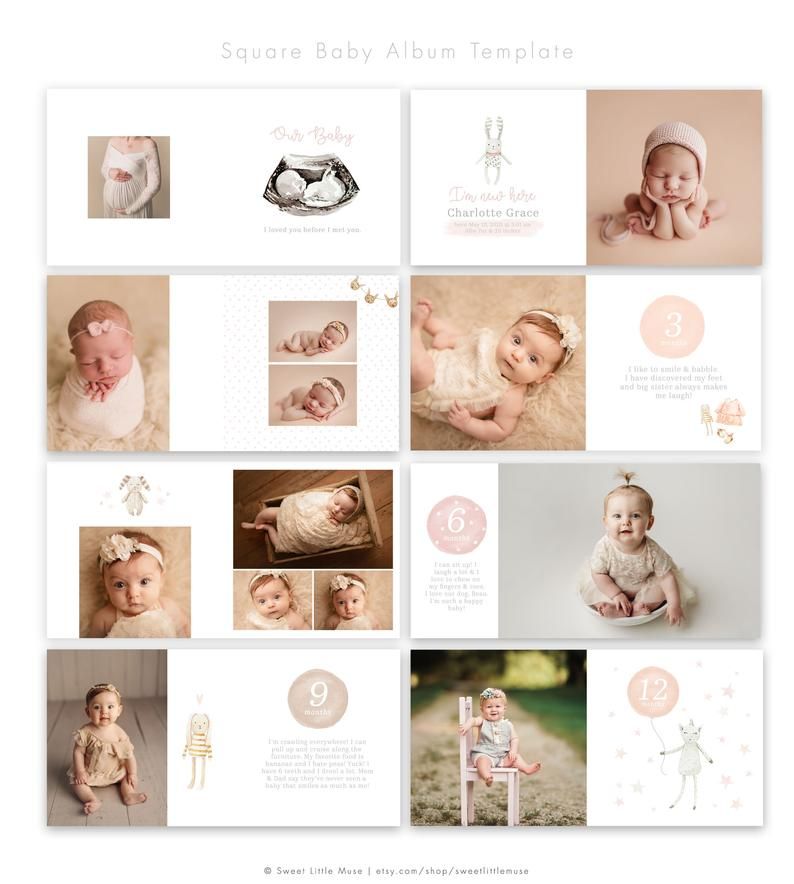
The main stages of child development in the first six months: month by month
- 1 month:
In the first month, children sleep a lot and stay awake little. They will look at you when you talk to them and may open and close their mouths as if they were talking to you. They can follow moving objects with their eyes and see colorful toys hanging in front of them. At this stage in the development of the baby, they begin to smile. - 2 months:
Babies will smile if you talk to them or stimulate them in any way. This is called a social smile. At this stage, they will also begin to coo and be able to move their head and follow a moving person or object almost 180 degrees. They will be able to hold their head up, but it will wobble periodically as they don't have full head control. - 3 months:
Babies have better head control and can raise their head quite high when laid on their stomach. At this stage of development, babies become more attentive and can observe the movements of their hands with curiosity.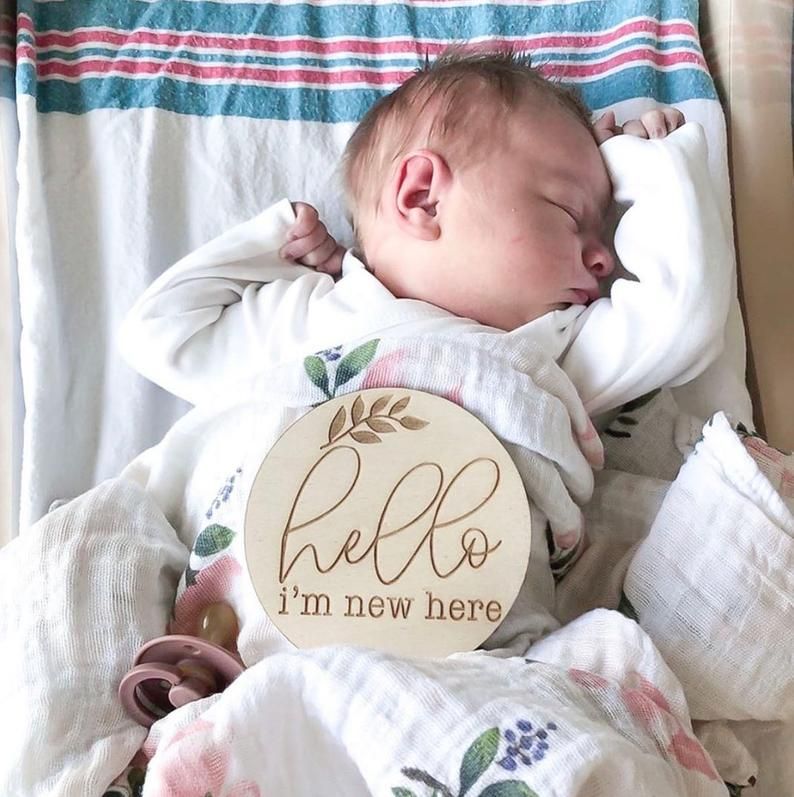 Not only will they smile when you talk to them, they may also respond with a squeal of delight. They will be able to hold a rattle or a toy in their hands.
Not only will they smile when you talk to them, they may also respond with a squeal of delight. They will be able to hold a rattle or a toy in their hands. - 4 months:
Babies can now keep their heads up at all times. If you put them on your stomach, they will be able to keep their head and chest above the surface. They love to play with their hands. They will also enjoy shaking the rattle, enjoying its sound. They are curious and constantly looking around. They are fun to play with and can laugh out loud when tickled. - 5 months:
By now, babies have complete head control and can grasp toys firmly. They enjoy playing with toys, crumpling paper and splashing water in the bathtub. They smile a lot when you talk to them and also smile at their own image in the mirror. - 6 months:
Babies can roll over on their side in the middle of their first year of life. Their legs are stronger and will be able to support their weight if you put them on.